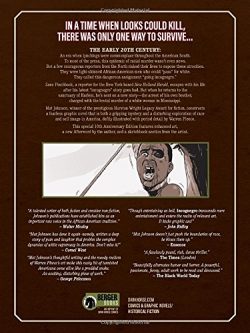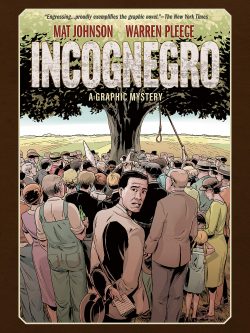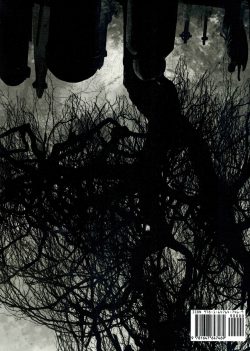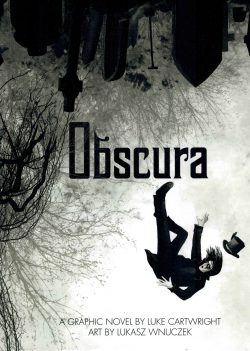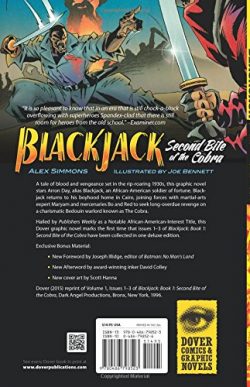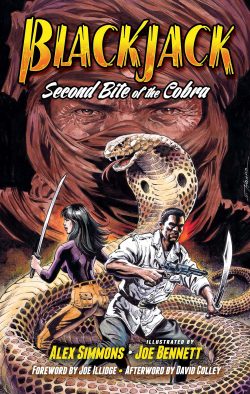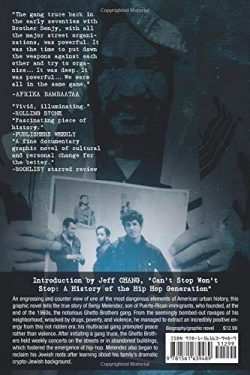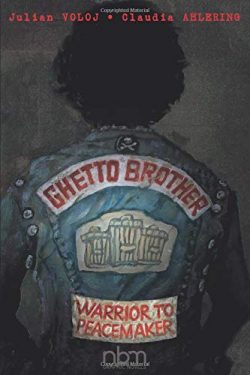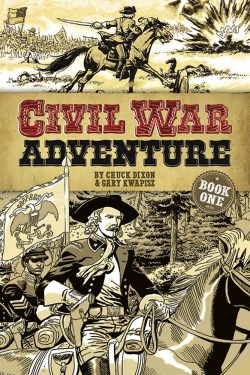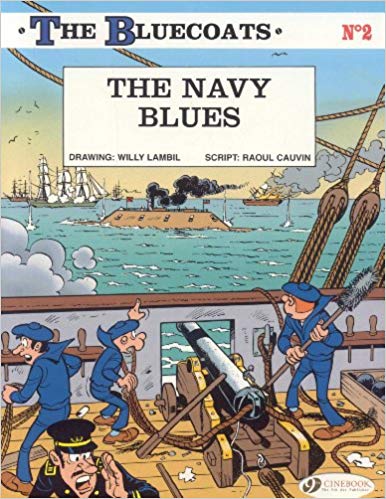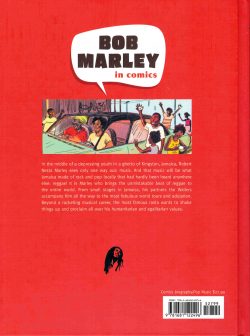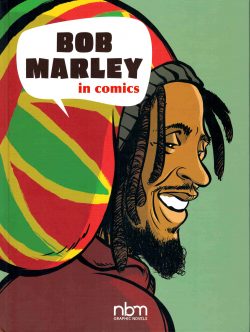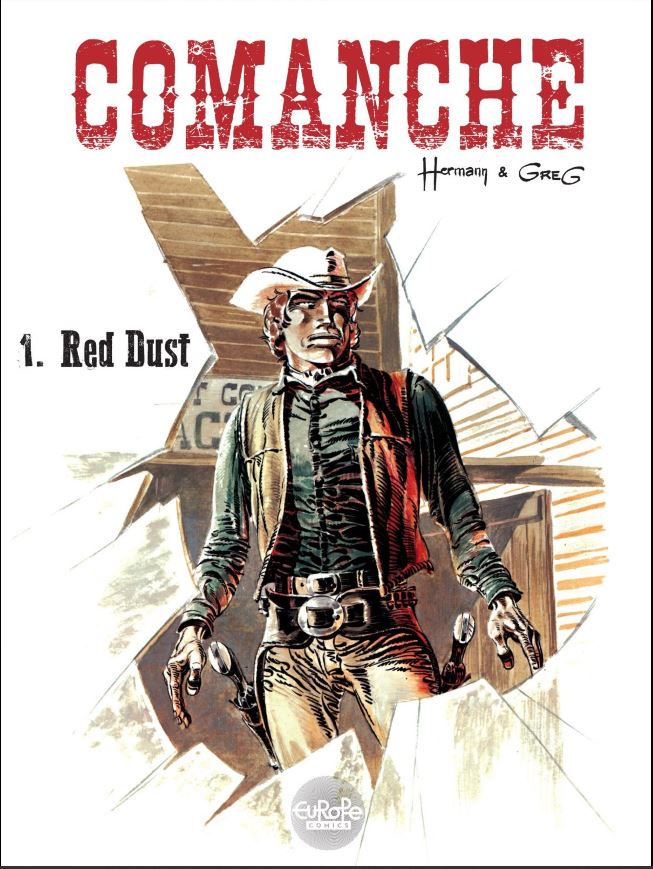
By Paul Von Blum, illustrated by Elizabeth Von Notias & Ramses (For Beginners)
ISBN: 978-1-934389-81-2 (PB)
The For Beginners book series produces heavily illustrated text primers: graphic non-fiction foundation courses in a vast variety of subjects from art to philosophy, politics to history and much more, all tackled in an accessible yet properly respectful manner. This particular volume was written by Paul Von Blum, author and Senior Lecturer in African American Studies and Communication Studies at UCLA with a wealth of strips and illustrations by graphic design specialist Elizabeth Von Notias and self-taught multi-media creator Ramses.
If remembered at all, Paul Robeson (April 9th 1898 – January 23rd 1976) is thought of by most people as that African American singer/actor with an incredible bass voice. Maybe some will recall that he was a left-wing political activist who fell foul of Senator Joe McCarthy during America’s infamous “Red-baiting†witch-hunting period.
That’s true enough, but he was also one of the most accomplished and gifted individuals in the nation’s history: a true Renaissance man cheated of his ultimate potential simply because his skin was the wrong colour…
The Introduction lists Robeson’s astonishing accomplishments – all the more amazing when you realise the lack of opportunities if not outright repression facing negroes in segregated America at the time of his birth, and not truly confronted until the Civil Rights movement began gaining traction in the late 1950s.
As told in more telling detail – both in word and pictures in ‘The Early Days’, ‘Paul Robeson the Athlete’, ‘Paul Robeson the Stage Actor’, ‘Paul Robeson the Screen Actor’ and ‘Paul Robeson the Singer’ – the unheralded superman was born in Princeton, New Jersey; the son of a preacher. He was the last of five children in a time and place rigidly defined by class and race divisions.
A brilliant student, Robeson graduated Somerville High School in 1915 and won a four-year scholarship to Rutgers University where, despite initial hostility and actual physical assaults, he became the star of the Football, Baseball, Basketball and Athletics squads, and was twice designated “All-Americanâ€.
From there he attended New York University Law School, before transferring to Columbia University Law School. Talented and seemingly tireless, he turned an interest in the dramatic arts into a part-time stage career and also became a professional Football player in 1920. He got married, acted, sang, played Pro ball and kept on studying. Graduating from Columbia in 1923, he worked as a lawyer at a prestigious law firm until the bigotry he experienced from his own subordinates became too much.
In 1924 he switched from stage acting to movies, but still carried on a glittering international career: starring as Othello in London and playing in many hit plays and musicals such as Showboat, Emperor Jones, Stevedore and All God’s Chillun’s Got Wings…
Politically active, he visited the Soviet Union in 1934, spoke out against Fascism during the Spanish Civil War, co-founded the anti-colonial Council on African Affairs and used his name and fame to agitate for social and legal changes in such contentious areas as Southern lynch law and trade union legislation. These activities made him a prime target in the USA and in 1941 J. Edgar Hoover ordered the FBI to open a file on him…
In 1950 the US government took away Robeson’s passport because he refused to recant his pro-Soviet, pro-socialist stance and he became an exile in his own country. He was unable to leave America for eight years, until a Supreme Court ruling decreed the State Department had no right to revoke passports due to an individual’s political beliefs.
Robeson’s life was filled with such social and cultural landmarks. Once free to travel again, he became an international political celebrity and social commentator, using his concerts and stage appearances in places as disparate as Wales, Australia, Russia, East Germany and elsewhere to promote a dream of World “Freedom, Peace and Brotherhoodâ€â€¦
His beliefs, struggles achievements and failures are examined in ‘Paul Robeson the International Activist’, ‘Paul Robeson the Domestic Political Activist’ before culminating in a thorough appreciation of ‘The Final Years and His Lasting Legacy’…
Augmented by a ‘Bibliography’, ‘Selected Chronology’ and creator biographies, this absorbing documentary – available in paperback and digital editions – proves again the astounding power of visual narrative when wedded to the life story of a truly unique individual.
© 2013 Paul Von Blum. Illustrations © 2013 Elizabeth Von Notias & Ramses. All rights reserved. A For Beginners Documentary Comic Book © 2013.

